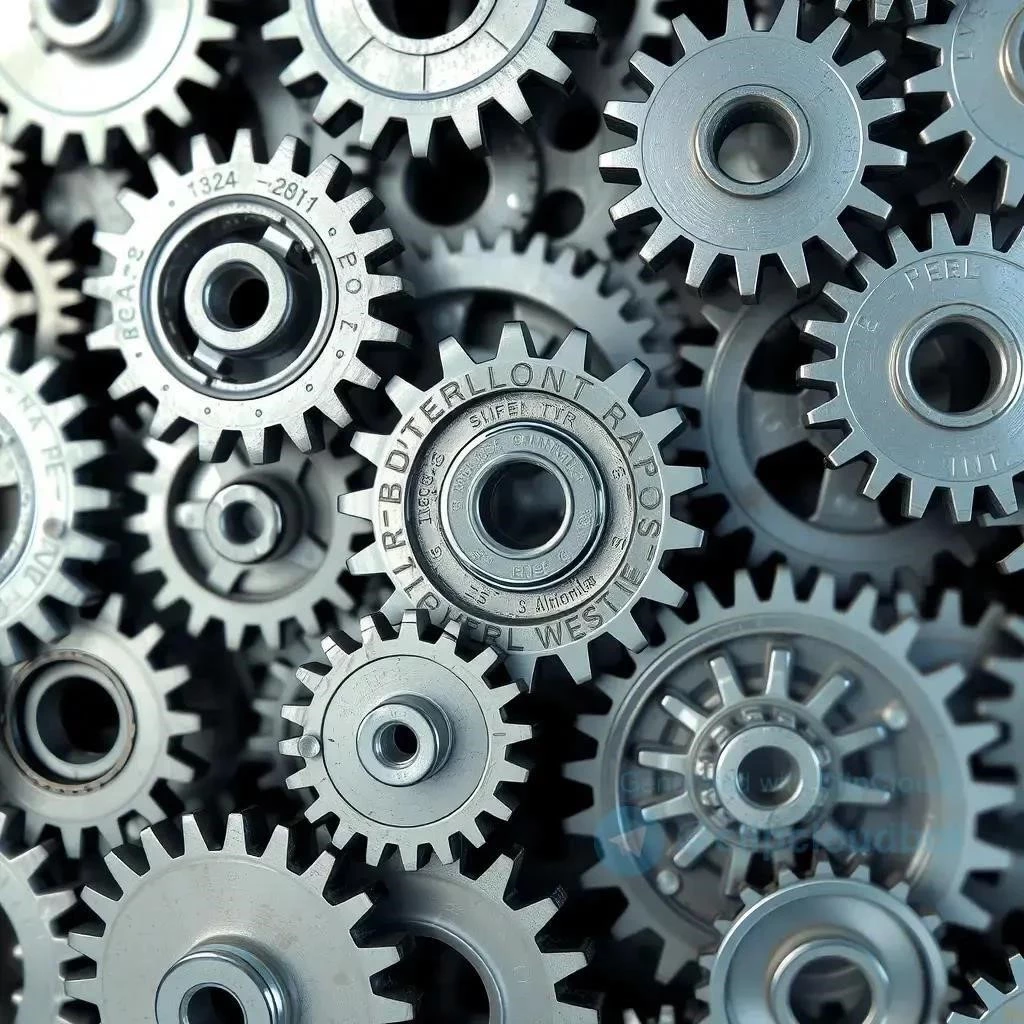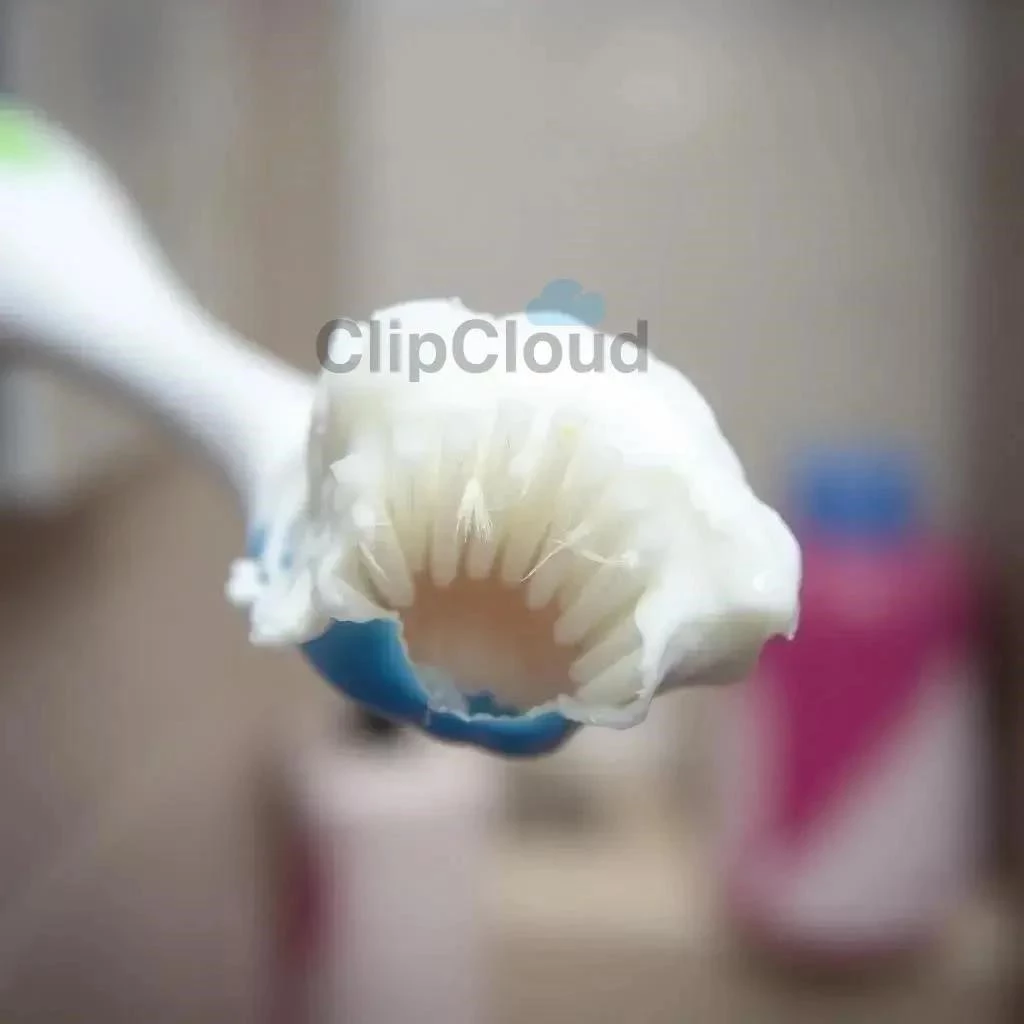Imagine a vacation where azure waters beckon, vibrant coral reefs teem with life, and the only thing you need to worry about is breathing. That’s the allure of a scuba diving vacation packages all-inclusive. These curated escapes offer unparalleled convenience, bundling together flights, accommodations, meals, and, most importantly, world-class diving experiences. Forget the hassle of coordinating logistics; with a scuba diving vacation packages all-inclusive, you can fully immerse yourself in the beauty and tranquility of the underwater world, creating memories that will last a lifetime. Prepare to explore hidden depths and discover a new appreciation for marine ecosystems.
Why Choose an All-Inclusive Scuba Diving Package?
Choosing an all-inclusive package offers numerous advantages, especially for divers looking to maximize their underwater time and minimize pre-trip stress. Consider the following benefits:
- Cost Savings: Bundling services often results in significant cost savings compared to booking each component separately.
- Convenience: All your travel arrangements, accommodation, and meals are pre-arranged, leaving you free to focus on diving.
- Expert Guidance: All-inclusive packages often include experienced dive instructors and guides who can enhance your diving experience.
- Gear Included: Many packages provide rental gear, eliminating the need to transport your own equipment. However, many divers still prefer using their own familiar gear.
Top Destinations for All-Inclusive Scuba Diving
The world is your oyster (or perhaps your sea urchin!) when it comes to all-inclusive scuba diving destinations. Here are a few of the most sought-after locations:
The Caribbean
The Caribbean is a perennial favorite, boasting crystal-clear waters, abundant marine life, and a plethora of all-inclusive resorts. Destinations like:
- Cozumel, Mexico: Renowned for its drift diving and vibrant coral reefs.
- Bonaire: A diver’s paradise with calm waters and accessible shore diving.
- Turks and Caicos: Home to dramatic wall dives and diverse marine species.
Southeast Asia
Southeast Asia offers a captivating blend of cultural experiences and breathtaking underwater landscapes. Consider these options:
- Raja Ampat, Indonesia: A biodiversity hotspot with an astonishing array of marine life.
- The Philippines: Boasting numerous dive sites with vibrant coral gardens and impressive shipwrecks.
- Thailand: Offers a range of diving experiences, from shallow reefs to deeper walls.
Factors to Consider When Choosing a Package
Before booking your scuba diving adventure, consider these key factors:
Your Diving Experience Level: Choose a package that suits your skill level, from beginner-friendly reefs to challenging deep dives.
The Time of Year: Research the best time to visit your chosen destination for optimal diving conditions.
The Resort’s Dive Facilities: Ensure the resort has a reputable dive center with well-maintained equipment and experienced staff.
Inclusions and Exclusions: Carefully review what is included in the package price, such as flights, accommodation, meals, dives, and gear rental. Also, understand what is not included, such as park fees, nitrox fills, and gratuities.
Finally, planning the perfect scuba diving vacation packages all-inclusive requires careful consideration of your preferences and budget. By weighing the options, considering destinations, and understanding what is included in each package, you can create an unforgettable underwater adventure.






